Protecting Musculoskeletal Health at Work: Beyond Ergonomics
Musculoskeletal (MSK) conditions are among the most common health issues affecting workers today, leading to pain, lost productivity, and long-term disability.
Learn how workplace ergonomics, physical activity, and safe job design prevent musculoskeletal disorders and support employee wellbeing.
In the United States, MSK disorders account for nearly one-third of all work-related injuries and illnesses reported to the Bureau of Labor Statistics (BLS, 2023). Beyond the personal toll on employees, these conditions represent billions of dollars in direct healthcare costs and indirect costs from absenteeism and turnover. For organizations committed to workplace wellbeing, addressing MSK health contributes to sustainable performance and a healthy workforce.
Ergonomics Beyond Furniture
When people hear “ergonomics,” they often picture standing desks, better chairs, or wrist supports. While workstation design matters, true ergonomics goes further: it is the science of fitting work to people, not the other way around.
Research from the National Institute for Occupational Safety and Health (NIOSH) shows that comprehensive ergonomic programs reduce the risk of MSK injuries by redesigning jobs, tools, and processes, while also involving workers in decision-making (NIOSH, 2020). Effective strategies include:
Reducing awkward postures, forceful exertions, and repetitive motions
Using lift-assist devices and adjustable workstations
Encouraging worker participation in identifying and testing ergonomic solutions
In practice, ergonomics is about embedding safety and comfort into the system of work itself, rather than adding equipment after problems occur.
Movement as Prevention
While reducing risk factors is essential, prevention also depends on promoting regular movement. Prolonged sitting, static standing, and limited mobility all contribute to MSK strain.
The World Health Organization (WHO) emphasizes that adults should engage in at least 150 minutes of moderate physical activity per week, including muscle-strengthening activities on two or more days (WHO, 2020). Physical activity improves joint health, reduces back pain, and increases resilience against injury.
Employers can support movement by:
Encouraging microbreaks for stretching and posture changes
Designing schedules that allow for mobility throughout the day
Offering onsite or virtual exercise programs that build strength and flexibility
Even small steps, such as encouraging walking meetings or providing stretch reminders, can support healthier, more resilient workers.
Protection from Harm
MSK health is not just about movement and ergonomics — it is also about organizational culture and protection from harm. Many injuries occur when workers face unrealistic demands, lack proper training, or feel pressure to cut corners.
OSHA highlights that safe job design and clear reporting systems are foundational to prevention (OSHA, 2021). Employers can build a safer environment by:
Avoiding excessive loads or unsafe manual handling requirements
Providing clear channels for reporting near misses and hazards
Training supervisors to reinforce safe practices and model healthy behaviors
Aligning productivity expectations with worker safety and wellbeing
When safety is integrated into organizational culture, employees are more likely to speak up and follow safe practices without fear of retaliation.
What Integration Looks Like in Practice
An integrated approach to MSK health does not treat ergonomics, movement, and protection as separate efforts. Instead, it blends them into a system-level strategy that aligns with organizational wellbeing goals. Examples include:
Workplace redesign: Adjustable equipment, balanced workloads, supportive layouts
Culture of movement: Normalizing stretch breaks, encouraging posture variety, and promoting active breaks
Safety-first policies: Aligning performance goals with worker protection and prevention
Wellbeing integration: Linking ergonomic and safety efforts with wellness initiatives such as exercise programs, stress management, and chronic disease prevention
By integrating MSK health into broader workplace wellbeing strategies, organizations reduce injury risks, improve productivity, and build trust with their workforce.
How to Start
If your organization is ready to make MSK health a priority, here are five steps to begin:
Assess: Conduct ergonomic and MSK risk assessments with employee input.
Redesign: Improve equipment, tasks, and processes based on findings.
Promote: Encourage physical activity and movement-friendly policies.
Train: Equip managers and supervisors to support MSK health daily.
Evaluate: Track MSK-related injuries, absenteeism, and employee feedback to refine efforts.
Stay Connected
Stay informed and inspired - subscribe to our bimonthly newsletter for the latest insights on workplace wellbeing.
If you value our work, consider making a donation to help us continue providing evidence-based resources and meaningful conversations. Every contribution makes a difference.
Be sure to register for our next event! Check out what’s coming up next here. Let’s continue to build cultures of wellbeing, together.

